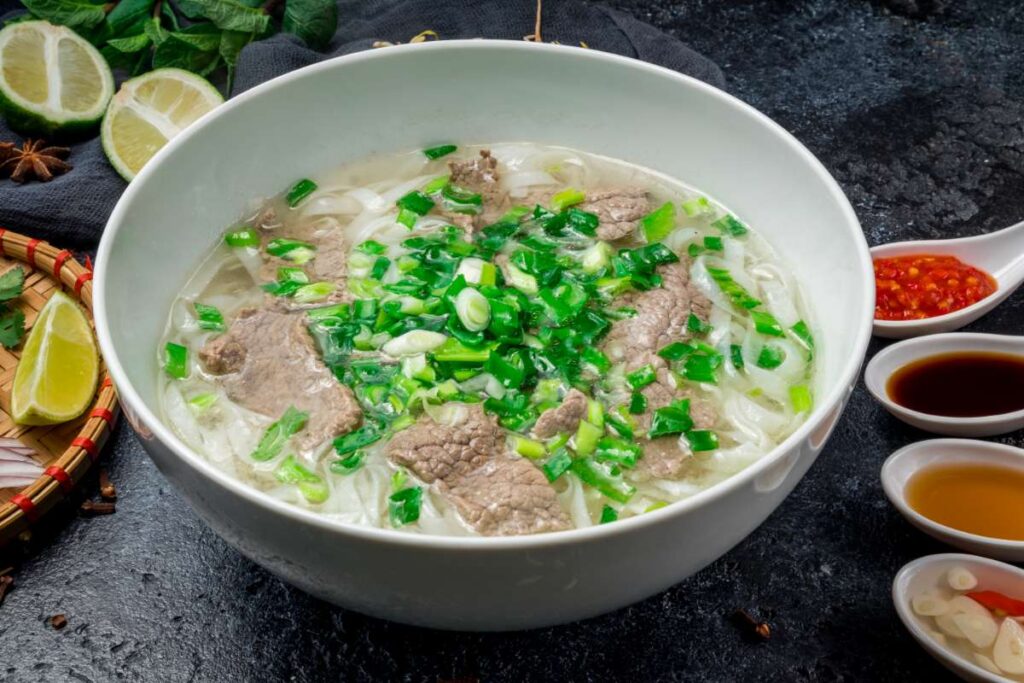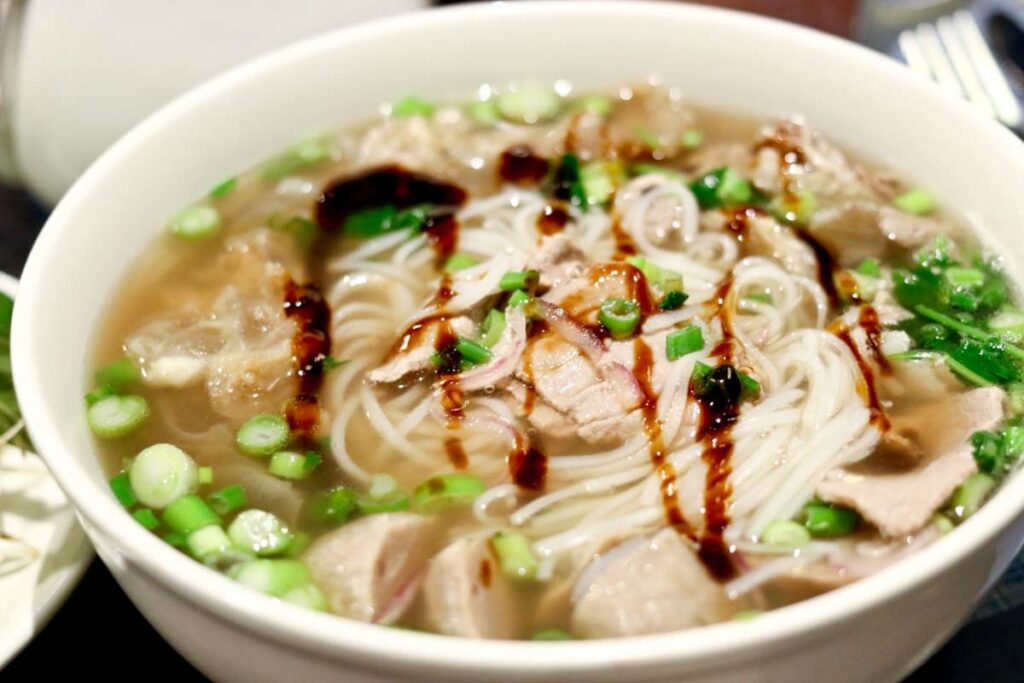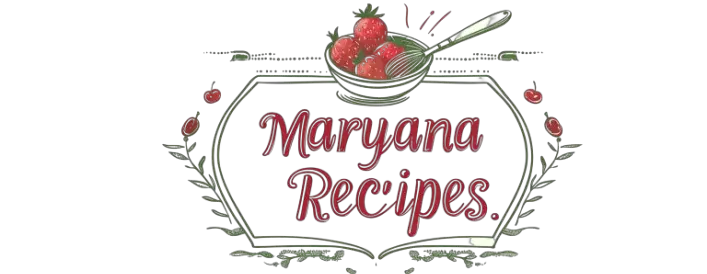In this deep dive, we’re unraveling a curious conundrum. It sits at the heart of our culinary experiences: the sometimes blurred line between salads and soups. Through the looking glass of Salad Theory, a pedantic yet profoundly insightful exploration into food categorization, we embark on a journey. This journey challenges our conventional understanding of what lands on our plates. Is a pizza, with its myriad of toppings, essentially a salad? Or, at what point does an abundance of dressing transform a salad into a soup? This article aims to explore, with a dash of humor and a generous helping of culinary curiosity. It delves into the spectrum that defines and differentiates salads and soups. Moreover, it urges us to question and, perhaps, redefine our culinary boundaries.
Introduction to Salad and Soup Dichotomy
Understanding the Salad-Soup Spectrum
In the vast universe of culinary creations, salads and soups represent two fundamental categories. At first glance, they appear to be as distinct as day and night. Salads, often heralded as the epitome of health and freshness, traditionally consist of raw or cooked vegetables. Sometimes, they are adorned with nuts, cheese, fruits, or grains. Soups, on the other hand, soothe the soul with their warm, liquid embrace. They range from chunky chowders to silky purees. Yet, when we peer closer, the line between them begins to blur. This invites us to ponder: where do we draw the culinary line?
The Evolution of Salad and Soup in Culinary History
Tracing back through the annals of culinary history, we find that salads and soups have been staples of human diets for centuries. Each reflects the geography, season, and culture of their origins. From the simple green salads of the ancient Greeks to the hearty, meat-stocked broths of medieval Europe, these dishes have evolved. They embrace the complexities of flavor, texture, and nutrition. Exploring these roots offers a glimpse into our ancestors’ innovative use of available ingredients. Thus, they crafted dishes that have stood the test of time.
Salad Theory: A Pedantic Exploration of Food Categorization
Enter Salad Theory. It’s a thought-provoking foray into the semantics of food that challenges our preconceived notions with pedantic precision. This theory proposes that virtually all foods can be classified as salads. The basis? Criteria such as ingredient count and the absence or presence of liquid. It’s a perspective that, while seemingly outlandish, forces us to reconsider the essence of what we eat. By dissecting the traditional definitions and embracing a broader scope of ingredients, Salad Theory illuminates the arbitrary nature of our culinary classifications.
The Soup-Salad Duality: Blurring the Lines
The duality of soup and salad serves as a fascinating metaphor for the fluidity of culinary categories. As we delve into the soup-salad continuum, we’re confronted with questions. For example, at what point does a particularly juicy fruit salad step into the realm of a cold soup? Salad Theory posits that the distinction may be more about perception than about strict culinary rules. It suggests a spectrum rather than a binary. This exploration into the duality not only enriches our understanding of food. It also invites us to celebrate the diversity and creativity inherent in culinary arts.
Stay tuned. We will continue to peel back the layers of this gastronomic debate in the upcoming sections. There, we’ll dive deeper into the core principles of Salad Theory. And its implications for how we view, prepare, and enjoy our food.
The Core of Salad Theory

Exploring the Core Principles of Salad Theory
Salad Theory throws a curveball into our culinary lexicon. It dares to ask: “What exactly makes a salad a salad?” This theory peels back layers of tradition to expose the heart of food categorization. At its core, Salad Theory embraces a broad and inclusive definition. It argues that any combination of ingredients, when mixed, can don the title of a salad. This bold stance challenges the narrow confines of conventional definitions. Thus, it opens our eyes to a more expansive view of our meals.
Defining Salad: Beyond the Greens
The journey into Salad Theory begins with a radical proposition. Not all salads are leafy greens tossed in vinaigrette. The theory extends the salad umbrella to include a variety of mixtures. These range from fruit salads to pasta salads and beyond. By prioritizing the concept of mixture over specific ingredients, Salad Theory reshapes our understanding. It celebrates culinary diversity and encourages experimentation and creativity in the kitchen.
The Salad Definition Debate: Ingredients, Mixtures, and More
A hot topic within Salad Theory revolves around the parameters of what constitutes a salad. Is it the variety of ingredients, their state (raw or cooked), or the act of mixing them that defines a salad? This debate highlights the fluid nature of food categorization. It underscores the importance of context and cultural perceptions in defining what we eat. Salad Theory, in challenging the status quo, invites us to redefine the boundaries of traditional food groups.
Salad as a Concept: The Ingredient Count Criterion
At the heart of Salad Theory lies a simple yet profound criterion: the ingredient count. According to this principle, a salad must contain at least two ingredients. This definition embraces simplicity and inclusivity, broadening the scope of what can be considered a salad. It’s a concept that not only simplifies the classification of food but also reflects the complexity and diversity of culinary practices around the world.
Soupiness and Its Implications
The Soupiness Factor: Understanding Liquid-to-Solid Ratios
The concept of “soupiness” introduces a novel way to navigate the culinary landscape. It refers to the ratio of liquid to solid components in a dish. Salad Theory uses this concept to blur the traditional boundaries between salads and soups. A dish with a high soupiness factor might lean towards being a soup, while a lower ratio suggests a salad. This sliding scale acknowledges the continuum that exists between these two categories, embracing the grey areas in our culinary classifications.
From Hyper-Salads to Soupy Concoctions: Where We Draw the Line
Determining the transition point from salad to soup is akin to finding a needle in a culinary haystack. Salad Theory suggests that such distinctions are more arbitrary than absolute. It posits that the essence of a dish lies not in its categorization but in its preparation and consumption. This perspective challenges us to rethink our approach to cooking and eating, focusing more on the experience than the label.
Beverage Dilemma: Soup, Salad, or Something Else?
The inclusion of beverages in the soup-salad discussion adds another layer of complexity. According to Salad Theory, the lines between soups, salads, and even beverages are not as clear-cut as we might think. The Beverage Dilemma illustrates the challenges of categorizing fluid mixtures that contain edible components. It questions the necessity of strict classifications, suggesting instead a more fluid approach to understanding our food.
In exploring the core of Salad Theory and the implications of soupiness, we’re invited to journey beyond traditional culinary boundaries. These sections challenge us to think critically about the nature of our food, encouraging a broader, more inclusive perspective. Stay with us as we continue to delve into the practical applications of Salad Theory, where the abstract meets the dinner plate.
Salad Theory Applied
Practical Applications of Salad Theory
As we digest the theoretical underpinnings of Salad Theory, it’s time to stir the pot with its practical applications. This exploration is not just an academic exercise; it’s a culinary revolution at our fingertips. By embracing the broad definitions proposed by Salad Theory, we unlock a world of creative possibilities in our kitchens. From the way we categorize our pantry to the innovative dishes we dare to assemble, Salad Theory serves as a beacon for culinary innovation.
Everyday Foods Under the Salad Lens
Imagine looking at your dinner plate through the lens of Salad Theory. That pizza, with its harmonious blend of toppings, suddenly shares more in common with a Caesar salad than we might have thought. A burrito? Simply an untossed salad encased in a tortilla. This perspective encourages us to appreciate the diversity and complexity of our meals, recognizing the salad in all its forms. It’s a playful yet profound shift in perception that enriches our culinary experiences.
The Salad Alignment Chart: A Humorous Take on Food Classification
In the spirit of Salad Theory, the Salad Alignment Chart emerges as a humorous yet insightful tool for understanding food classification. This chart categorizes foods not just by their ingredients or preparation methods but by their essence in the culinary cosmos. It challenges us to consider where our favorite dishes fall within the spectrum of salad anarchy to hyper-salad orderliness. This engaging approach adds a layer of fun to the serious business of food categorization, reminding us to enjoy the culinary journey.
Challenging Conventional Food Categories: From Pizzas to Tacos
By challenging conventional food categories, Salad Theory doesn’t just question our culinary classifications; it questions the very foundation of our dietary guidelines. In this new order, pizzas and tacos are celebrated for their salad-like qualities, encouraging us to rethink our meal planning and dietary choices. This section of our exploration into Salad Theory highlights its potential to inspire a more inclusive and exploratory approach to eating, one that embraces all forms of salads in their myriad manifestations.
The Cultural Impact and Controversies

Cultural Perceptions and Debates Around Salad and Soup
As we peel away the layers of Salad Theory, we uncover the cultural implications and debates it stirs within society. Food, after all, is a reflection of culture, and the way we classify it speaks volumes about our values, traditions, and societal norms. Salad Theory, with its inclusive and sometimes controversial classifications, challenges us to consider the cultural biases and assumptions that shape our culinary landscapes. It opens a dialogue about the role of food in defining community and identity.
Culinary Controversies: The Case of Hot Salads
One of the hot-button issues Salad Theory brings to the table is the concept of hot salads. This idea, seemingly at odds with traditional definitions, sparks debates about the temperature at which a salad ceases to be a salad. Exploring this controversy sheds light on the arbitrary nature of some culinary classifications and the evolving nature of food. It’s a testament to the dynamic relationship between culture and cuisine, highlighting how culinary practices adapt and transform over time.
The Future of Food Categorization: Where Do We Go From Here?
Looking ahead, Salad Theory poses the question: What is the future of food categorization? As our understanding of cuisine becomes more fluid and inclusive, how will our dietary guidelines, cookbooks, and restaurant menus adapt? This section of the article invites us to envision a future where food classifications are more flexible, reflective of the diversity and creativity inherent in cooking and eating. It’s an exciting prospect that encourages innovation, exploration, and perhaps a more harmonious relationship with our meals.
As we wrap up our journey through the practical applications of Salad Theory and its cultural impact, we’re left with a richer, more nuanced understanding of the food we eat. Salad Theory, with its playful challenge to conventional wisdom, serves as a reminder of the joy and creativity that cooking and eating can bring to our lives. Stay tuned as we continue to explore the endlessly fascinating world of food and the theories that seek to understand it.
FAQs Based on “People Also Ask”
Can Soup Ever Be Considered a Salad?
One intriguing question that Salad Theory prompts is whether a soup can ever be considered a salad. According to the fluid definitions provided by Salad Theory, the answer leans towards yes. If we consider the soupiness factor and ingredient count, a soup with substantial solid components might just be a very liquid salad. This perspective challenges traditional classifications, suggesting a continuum rather than distinct categories.
Why Do We Rarely Classify Foods as Soups Compared to Salads?
Another common inquiry revolves around the rarity of foods classified as soups compared to salads. Salad Theory posits that this discrepancy may stem from cultural and culinary traditions that prioritize solid foods over liquids. Additionally, the versatility and variety of salads, from ingredient diversity to preparation methods, offer broader classification opportunities. This discussion sheds light on how cultural norms influence our dietary categorizations.
How Does Salad Theory Influence Our Eating Habits?
Exploring how Salad Theory might influence our eating habits unveils its potential to foster more inclusive and adventurous dietary choices. By blurring the lines between food categories, Salad Theory encourages us to experiment with ingredients and combinations we might not have considered before. This openness could lead to more varied and nutritionally diverse meals, challenging us to think outside the conventional culinary box.
Conclusion
As we wrap up our journey through the practical applications of Salad Theory and its cultural impact, we’re left with a richer, more nuanced understanding of the food we eat. Salad Theory, with its playful challenge to conventional wisdom, serves as a reminder of the joy and creativity that cooking and eating can bring to our lives. For those seeking to delve further into the cultural and historical contexts of food categorization, exploring resources such as “Tomato Rice Soup” can provide enriching insights.
In essence, Salad Theory is not just about salads or soups; it’s about how we understand, classify, and enjoy food. It challenges us to question and redefine our culinary boundaries, fostering a more holistic and inclusive approach to eating. So, the next time you sit down to a meal, whether it be a crisp salad, a warming soup, or something in between, remember the lessons of Salad Theory. Embrace the complexity, diversity, and sheer deliciousness of the world’s culinary traditions, and enjoy the adventure that each bite brings.

